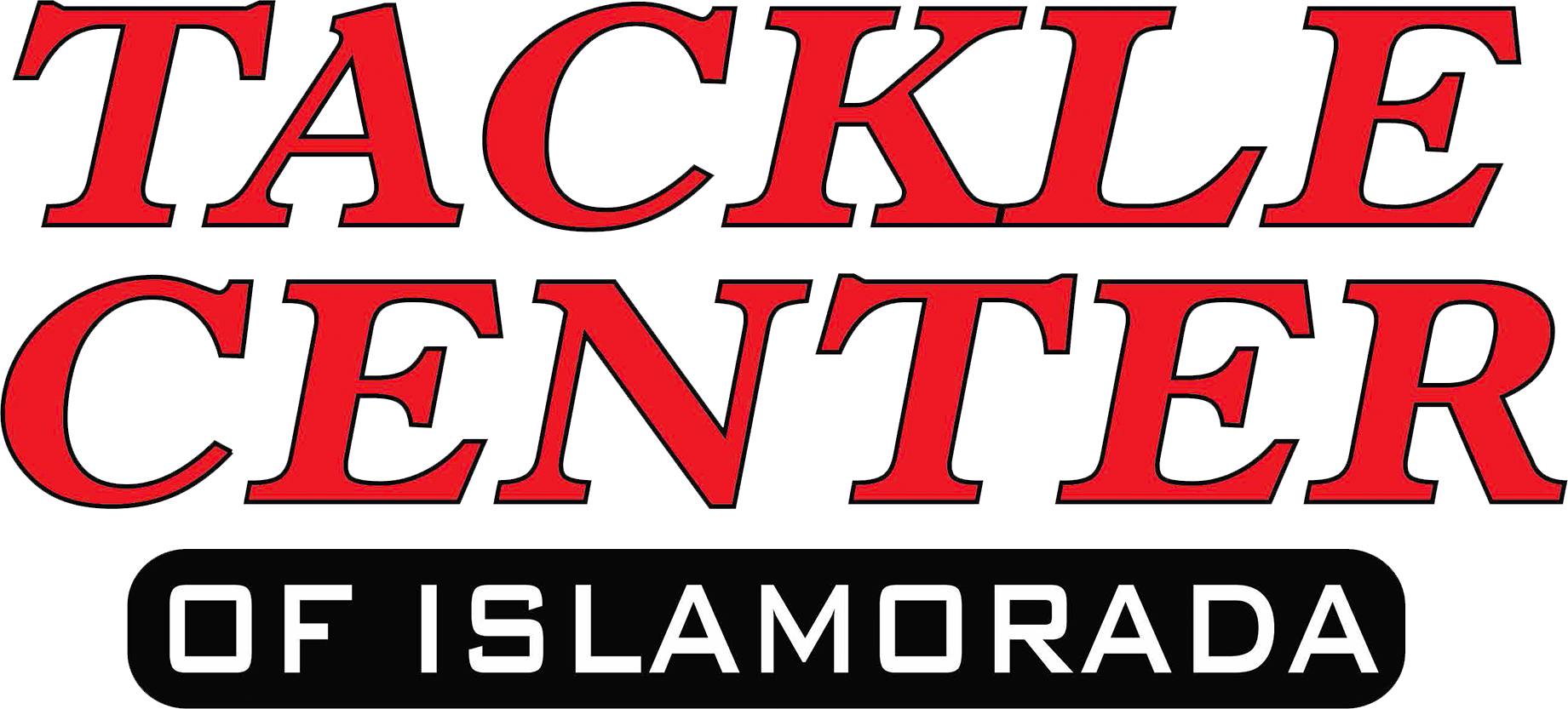Posted by Tackle Center of Islamorada
Florida fishing does not stay the same for long. As November rolls in, the tides around Islamorada start shifting more noticeably, and if we want to keep landing quality fish, our gear has to shift with them. Tides can change the game fast, especially this time of year. It is not always about making big changes to your setup either. Often, it is the small equipment swaps that help us stay productive out on the water.
That is where a dependable fishing gear store matters. Knowing when to grab a different bait rig or toss on a different leader weight can save a lot of frustration, and sometimes that knowledge does not come from guesswork. Fall conditions in the Florida Keys tend to move fast. Wind, water clarity, and current speed can flip by the hour. Keeping gear adjustments simple, on point, and specific to these conditions is what makes the difference between chasing fish or catching them.
What Shifting Tides Really Mean for Your Setup
Tides drive nearly everything in coastal fishing, and down here in Islamorada, that is even more true during late fall. Fish behavior matches those movements. As the tide comes in, many species move closer to the mangroves or edges, looking for food getting flushed through the currents. On an outgoing tide, they drop back into channels or deeper pockets. Fish do not hang still, and our setups should not either.
We pay close attention to the speed of the current. A gentle pull might call for lighter tackle and softer presentations. Stronger current is when it is worth moving to a heavier weight or a rig that keeps bait from spinning. When the water slows down during slack tide, bites usually slow too. That is a good time to switch up bait style or try a new location altogether.
This kind of shift is not just about chasing fish. It is about understanding how gear interacts with water movement. Change the tide, and you need to think about how your hook, line, and sinker are reacting underneath the surface.
Gear Tweaks That Can Make a Big Difference
Some of the most useful changes we make are not dramatic. Swapping out a lure weight to better match the current flow or changing to a lighter fluorocarbon leader when the water clears up can quickly improve your odds.
Leader length adjusts how your bait moves, especially in the backcountry where fish can get spooky in clear water. A longer leader might reduce visibility and encourage more bites, while a shorter one gives you better control in tight-moving water.
Sometimes it is the hook style. Circle hooks tend to hold better for bottom-feeding fish like snapper, while J hooks are handy for faster, aggressive strikes. As water temps drop slightly in November, the types of species coming through may shift, which brings up another point—your rod and reel should match the fight. Heavier setups help wrestle grouper off the bottom, but lighter gear gives you sensitivity when yellowtail snapper are schooling higher up.
These small swaps do not require a full breakdown of your gear, but they do ask for attention. Ignoring those details might mean a quiet day, especially when fall tides are more active than they looked early that morning.
Local stores like Tackle Center of Islamorada offer custom rigging, as well as a full range of weights, leaders, and rod options to fit both boats and shore anglers adjusting for current and tide swings.
Choosing the Right Rigs for Fall Patterns
Fall in Islamorada brings a solid mix of species, each with their own feeding habits and depth zones. Snapper, mahi, and grouper are often active during this window, and tide position often decides who is biting.
A drift rig is a solid choice when the current is steady, letting your bait work naturally across deeper channels or grass flats. Bottom rigs are a go-to when chasing snapper near structure or reef edges, especially as tides pull bait closer to the ledges. When the water gets warm mid-day, switching to a live bait setup on a freelined hook might trigger bites from species shy to frozen options.
Matching rigs to tide stage may seem basic, but it keeps you in the zone longer. Nearshore rigs need more weight to hold against winds, while backcountry setups focus on subtlety and patience. If you are fishing near the bridges or passes, a fast-switch setup allows you to change weights or leaders without re-rigging from scratch.
What works in the morning may feel off by afternoon. Prepping a few ready-to-go rigs helps you swap based on what the water does, not just what worked yesterday.
Why Gear Advice from Local Experts Helps
A lot of fishing success comes from timing. But sometimes, all the timing in the world does not help if the gear is not right. That is when a talk with someone who has been on the water all week matters. A good fishing gear store around Islamorada is not just loading shelves. It is often run by people who just came from a drop-off or who helped another angler find a better rig that morning.
Local input matters when baitfish patterns change or wind flow toggles in directions that maps do not show. When conditions are shifting and time is tight, it helps to have someone look over your rod and let you know what has worked for them.
You do not need to have every answer before you walk through the door. Talking it through with someone who knows the area—who fishes these tides, not just sells gear for them—can clear up confusion and help dial in your approach without trial and error on the water.
You will find that Tackle Center of Islamorada staff base their advice on real-time conditions, sharing up-to-date reports on what rigs and bait are working per tidal stage and current trends.
Stay Ready as Conditions Keep Changing
Islamorada weather in November does not stay put. One day might feel perfect with steady trade winds and clean water. The next, a quick front slides through and stirs everything up. That means water clarity drops, bait starts moving differently, and the fish react fast.
Having gear options ready for shifts is not about overloading your bag. It is about being prepared for changes without scrambling or cutting into time on the water. A few backup rigs, some quick-change snaps, and a handful of jigs or weights in different sizes can get you through an unexpected morning gust or an outgoing tide that fires up an hour early.
Flexibility starts with prep. When rigs are stored right and easy to swap, adjustments will not feel like starting over. You can pivot between deeper cuts and open bays without needing a full bench of gear.
Fewer surprises mean smoother fishing. Even if the bite slows, knowing you are ready for what is coming next keeps the day going—and that can matter more than we expect.
Tuning Your Gear Before You Hit the Water Makes All the Difference
Florida’s late fall waters do not wait around. One moment, everything is calm and perfect. The next, the tide picks up and your presentation feels off target. The fish are not hanging around for adjustments either. That is why a good gear check before launching pays off, especially when you know what kind of water movement to expect.
We have found that small, smart adjustments give us a better shot at finding fish faster and keeping the action going. A slight change in weight or hook, a backup leader a little longer than usual, or a faster way to swap out rigs can make a slow start turn into a strong finish.
When the tides roll, we do not want to be second-guessing what is on deck. A steady setup matched to the conditions gives you confidence to stick it out and focus on fishing, not fixing gear mid-drift. Preparing with the tides in mind makes a good fishing day feel smooth, even when the water does not stay still.
Shifting winds and changing tides make planning easier when you’ve got a local fishing gear store that knows what’s working right now in Islamorada. At Tackle Center of Islamorada, we keep up with the latest patterns and gear updates so you’re set before your line ever hits the water.


